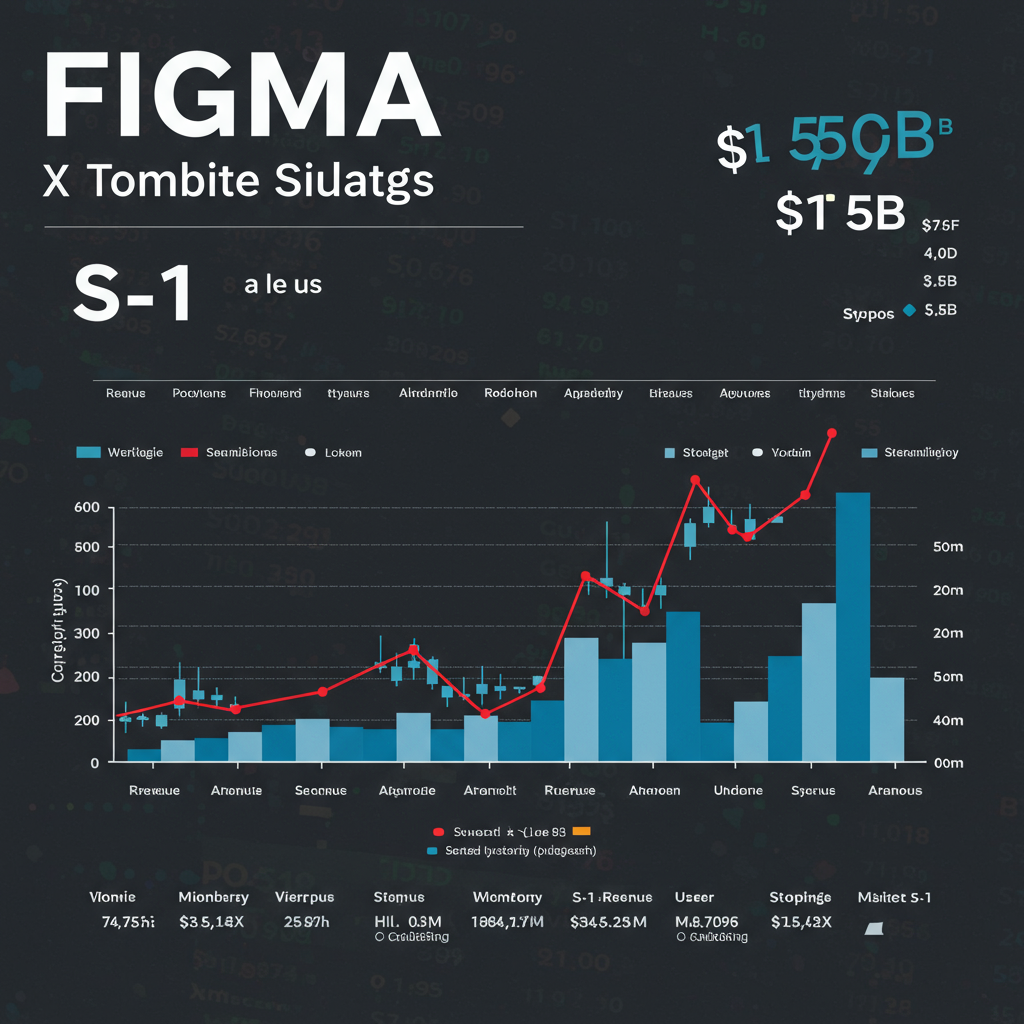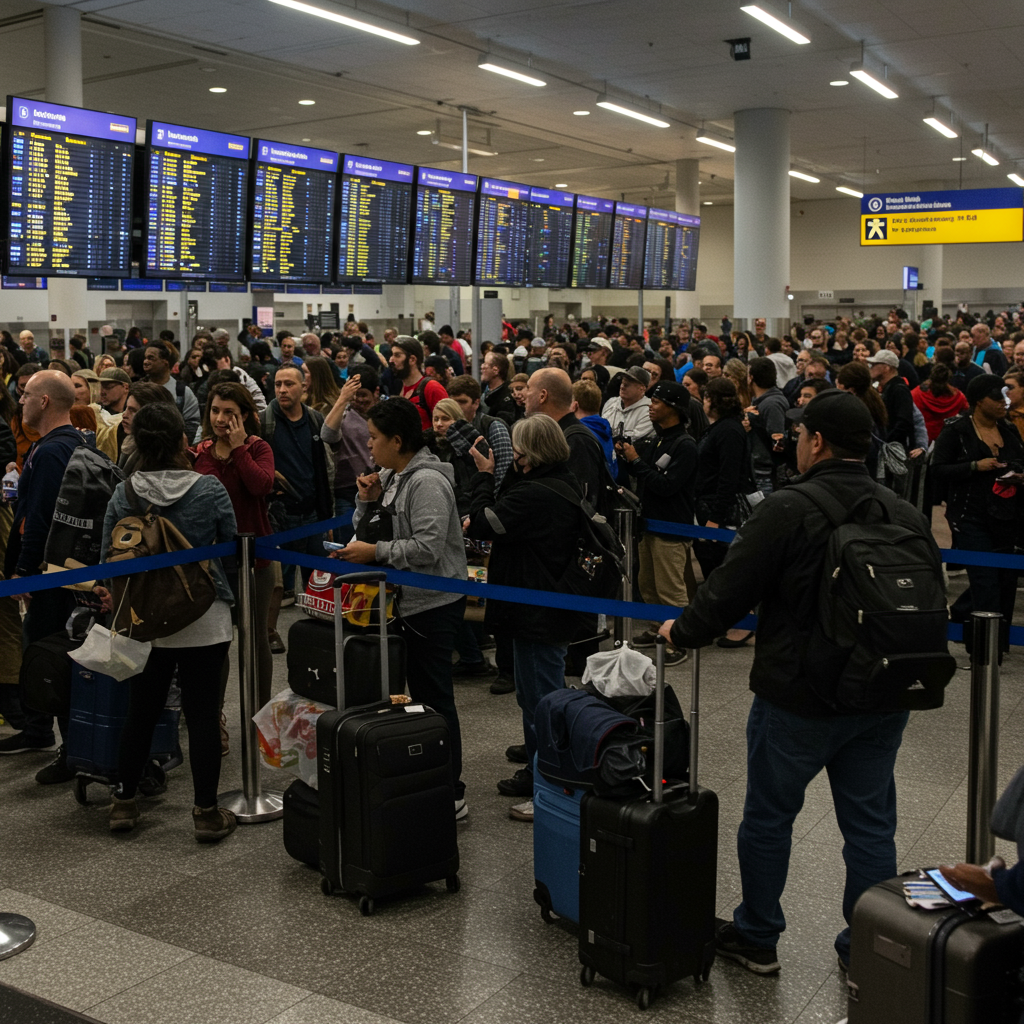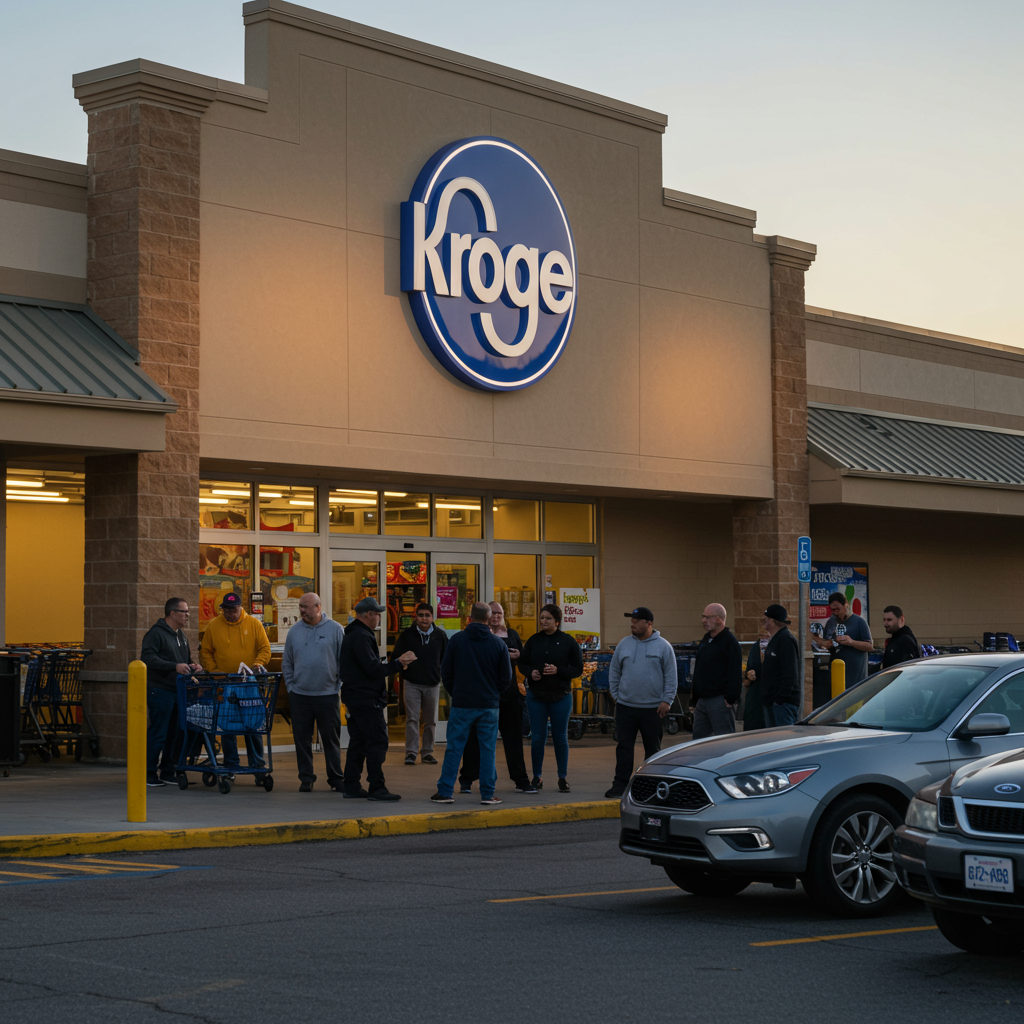The world of autonomous driving is rapidly evolving, with tech giants and automakers vying for position in the promising self-driving ride-hailing market. While some legacy car manufacturers have retreated, Volkswagen Group is doubling down, seeing significant potential in this burgeoning sector. McKinsey estimates this market could be worth as much as half a trillion dollars (€450 billion) by 2035.
Volkswagen’s strategy is distinct: rather than directly managing ride-hailing fleets, it aims to be a premier supplier of autonomous vehicles and the underlying technology. This week, VW unveiled a series production-ready version of its robotaxi, the ID. Buzz AD (Autonomous Driving), specifically designed for this purpose. This futuristic, yet retro-styled, electric microbus is set to join Uber’s fleet in Los Angeles starting next year.
Why VW is Investing in Robotaxis
Christian Senger, CEO of Volkswagen Autonomous Mobility, explained the company’s rationale. While traditional automotive profit margins are typically in the high single digits and mobility services in the low single digits, the true opportunity lies in the AI that powers autonomous driving, which can offer double-digit margins. This potential for higher profitability is why VW has persisted in autonomous ride-hailing development, unlike some competitors such as General Motors and Ford, who have scaled back their ambitions despite years of investment.
Even as profitability pathways remain unclear, the technology is moving closer to widespread deployment. Competitors like Waymo are expanding operations (including recent moves in Los Angeles and a planned permit request for New York), Amazon-owned Zoox has opened a large manufacturing facility for its unique robotaxis, and Tesla recently began limited testing of its robotaxi concept in Austin. VW is positioning itself to capture a significant share of this growing market.
Introducing the ID. Buzz AD: Designed for Autonomous Mobility
The Volkswagen ID. Buzz AD is based on the popular ID. Buzz EV, reimagined with the specific needs of an autonomous ride-hailing service in mind. Its spacious interior is a key feature, designed to comfortably transport up to four passengers along with luggage.
Inside, a dedicated bin keeps small items within easy reach and view of all occupants, while the rear provides ample space for two large suitcases. This capacity is strategic, improving unit economics for fleet operators by allowing more passengers and luggage per fare, making it suitable for trips like airport transfers. The vehicle’s two-meter height (6’4″) also provides generous headroom.
Accessibility is enhanced by powered sliding doors that open and close automatically. This is particularly advantageous in tight urban spaces, mitigating the risk of damaging adjacent vehicles – a potential issue with hinged doors (like on Waymo’s Jaguar I-Pace) or even the upward and outward opening “butterfly” doors anticipated on Tesla’s forthcoming CyberCab model.
Advanced Technology for Autonomous Driving
The ID. Buzz AD is equipped with a comprehensive sensor suite totaling 27 sensors, including:
13 Cameras
9 LiDARs
5 Radar Sensors
This array enables the vehicle to detect objects up to 300 meters away and also those immediately in front of its bumper. The roof-mounted laser scanner is cleverly integrated, blending seamlessly into the design thanks to the vehicle’s height, unlike more conspicuous sensors seen on lower vehicles. Other LiDARs are also subtly concealed, aided by the vehicle’s dark exterior paint.
For its autonomous driving “brain,” VW partnered with Mobileye, an Intel subsidiary and a major supplier of driver-assist systems. This collaboration allows for joint engineering development, a preferred approach over integrating a “black box” solution from a tech provider. The system utilizes four EyeQ6 chips. Mobileye’s extensive use across the industry enables “swarm intelligence,” allowing vehicles in the field to constantly update the system’s onboard map using collected sensor data. These widely produced EyeQ6 chips are also presented as potentially more cost-effective than dedicated automotive AI chips used in some high-end models. The system is designed to enable the ID. Buzz AD to drive autonomously at speeds up to 120 km/h (75 mph) around the clock, regardless of weather conditions. Many of the sensors and components are derived from those used at industrial scale in other Volkswagen Group cars, including upcoming Audi and Porsche models with advanced driver-assist features.
A Complete Turnkey Solution for Fleet Operators
Volkswagen isn’t just selling a vehicle; they are offering a complete “turnkey autonomous solution” designed for fleet operators who want to quickly, safely, and efficiently launch ride-hailing services. The ID. Buzz AD comes as part of a comprehensive package that goes beyond the vehicle itself.
This includes the necessary AI-driven backend software to manage a large fleet economically, allowing for real-time monitoring and control, such as instantly rerouting vehicles if a street is closed. For operators without their own platform, VW also supplies a white-label digital customer booking app. This app serves as the passenger interface and also allows communication with the vehicle, crucial in a driverless environment. Furthermore, VW Group plans to train the fleet manager’s staff to oversee the command center and operations. Essentially, operators can apply their own branding to the customer-facing elements and be ready to begin offering rides. The system also incorporates solutions for live remote operators who can assist the fleet if needed.
Partnering with Uber for Los Angeles Debut
The partnership with Uber marks a significant step. Volkswagen plans to deliver an initial allotment of 480 (or potentially 500) ID. Buzz AD robotaxis to Uber for deployment in Los Angeles starting next year. This initial delivery is part of a larger potential deal that could result in orders for up to 10,000 vehicles.
Analysts covering Uber have indicated that they view such partnerships as beneficial for the ride-hailing giant. Rather than being threatened by autonomous vehicles, Uber is seen as a powerful “demand aggregator” that can seamlessly integrate self-driving cars into its platform alongside human-driven ones over time. This collaboration positions VW as a key provider to one of the world’s largest ride-hailing networks.
Competitive Landscape
The autonomous ride-hailing market is becoming increasingly crowded:
Waymo: Currently considered a leader with operational services in multiple U.S. cities, including Los Angeles and Austin, using modified production vehicles like Jaguar I-Pace SUVs and Hyundai Ioniq 5s.
Zoox: Amazon’s autonomous unit is focused on deploying unique, purpose-built vehicles without traditional driver controls, having recently opened a dedicated manufacturing facility for scale production.
Tesla: While highly anticipated, Tesla’s initial robotaxi rollout in Austin is described as a limited test with a small fleet of modified Model Y vehicles, restricted to a specific area and monitored remotely, appearing less advanced than solutions already deployed by competitors or VW’s planned comprehensive package and scale.
VW’s decision to focus on being a supplier providing a comprehensive, ready-to-deploy solution, combined with a purpose-designed vehicle like the ID. Buzz AD and a strategic partnership with Uber, positions it uniquely in this competitive field.
The path to widespread adoption still faces challenges, including ongoing regulatory hurdles and the market’s nascent stage. However, VW’s strategy, including integrating production into existing lines to minimize financial risk, appears designed to navigate these complexities. The arrival of the ID. Buzz AD in Los Angeles next year marks a concrete step towards realizing Volkswagen’s vision for the future of autonomous mobility.




